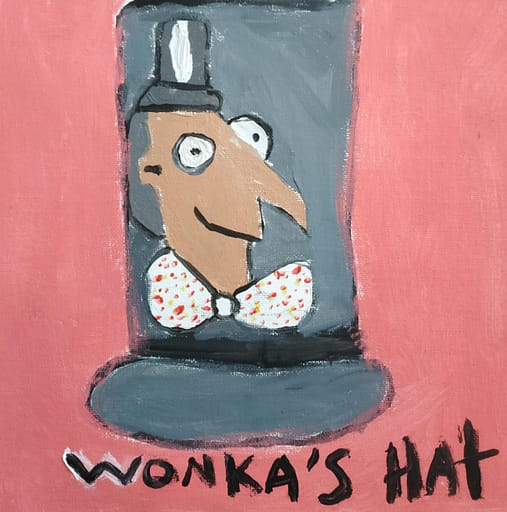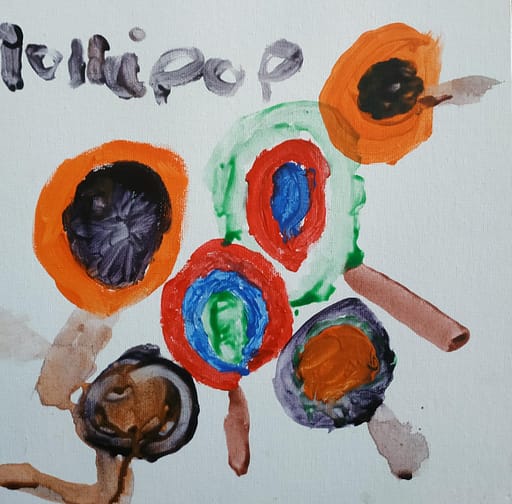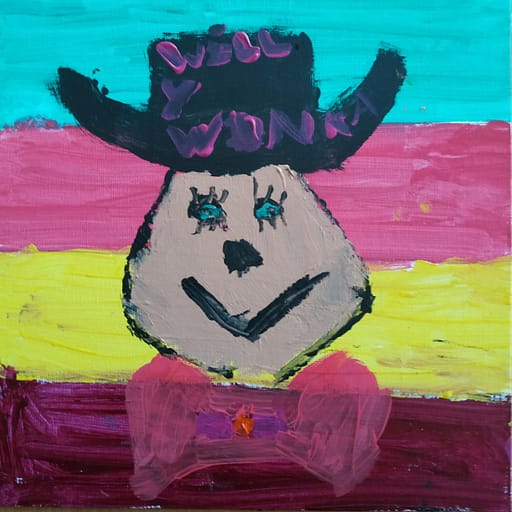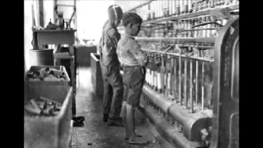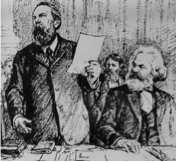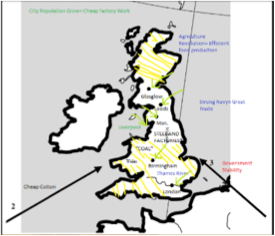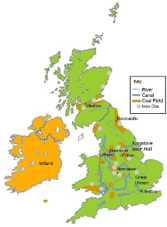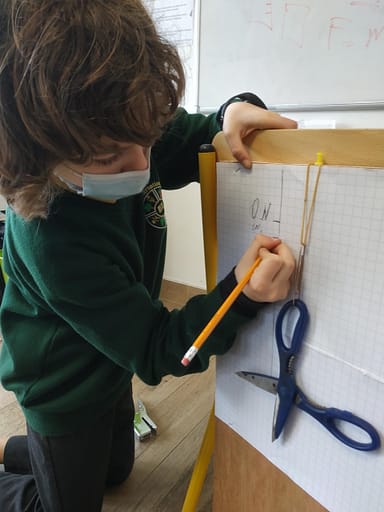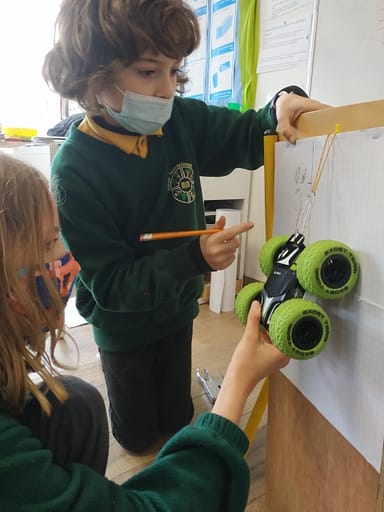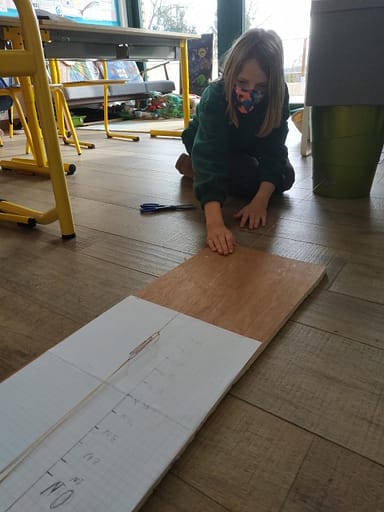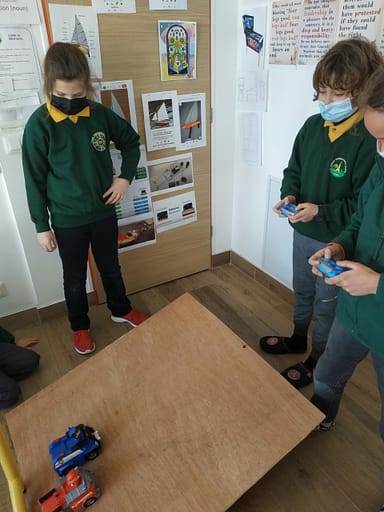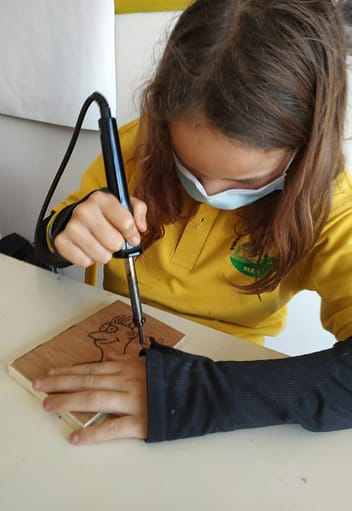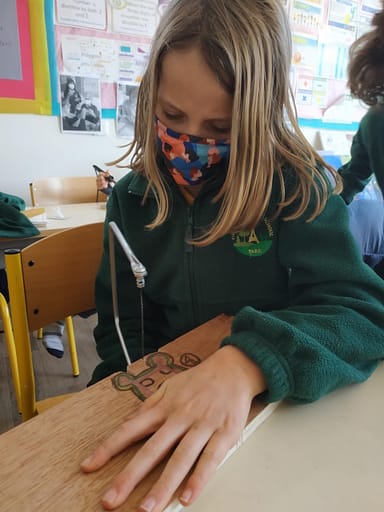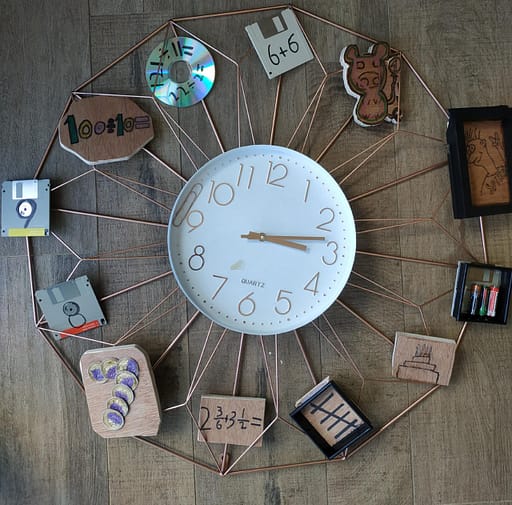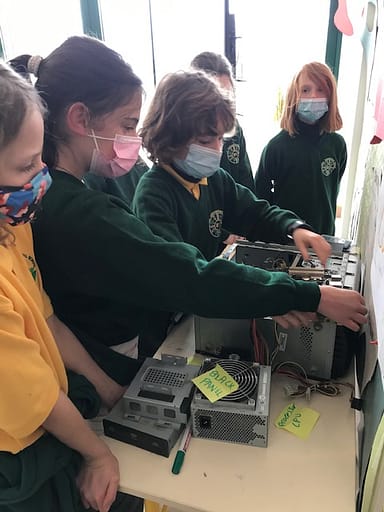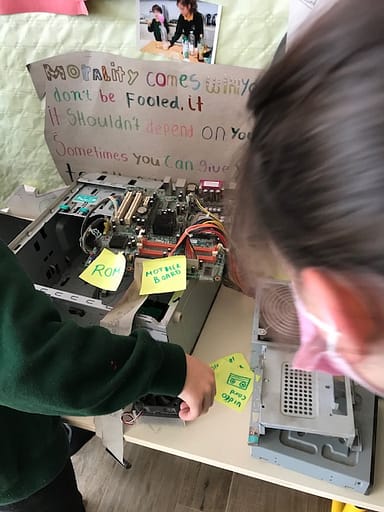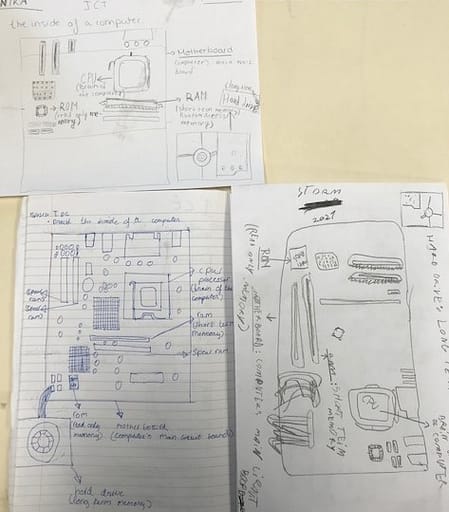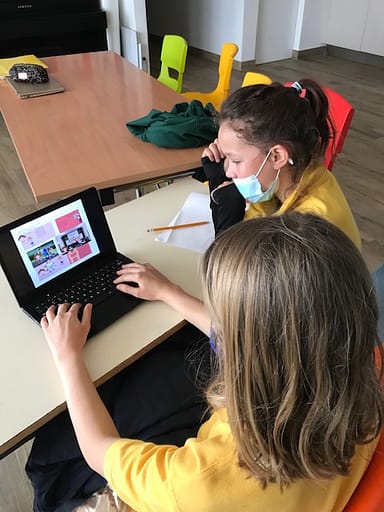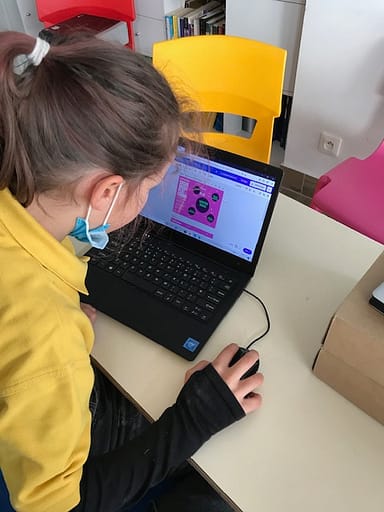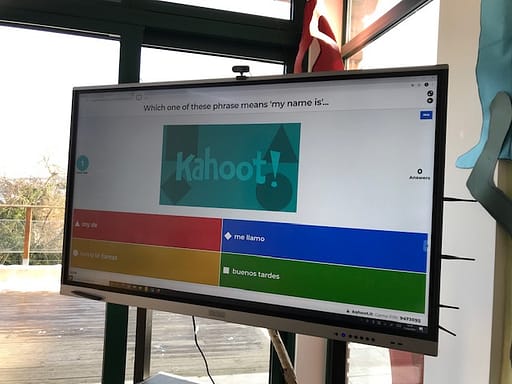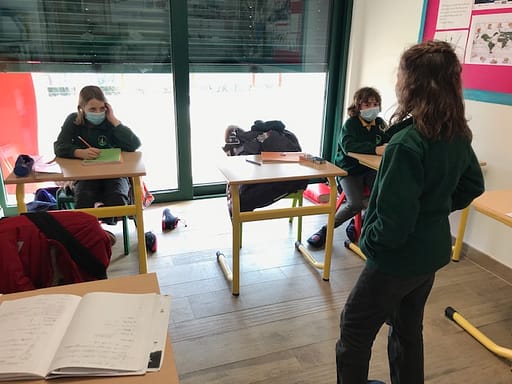Literacy
Oak studied Roald Dahl’s Charlie and the Chocolate Factory this term.
We explored the characters and themes in the book and noted the contrast between poor Charlie Bucket who has so little and the other children who are spoiled and over-indulged. Roald Dahl’s messages about the evils of too much television, sweet eating and gum chewing couldn’t be clearer.
We discussed the views expressed in the Oompa-Loompas’ songs and decided that they were rather extreme; we had all watched television, eaten chocolate and chewed gum. We decided that Augustus Gloop, Veruca Salt and Violet Beauregarde just went too far.
The book can be viewed as a comment on excessive behaviour, and as in all good allegories the characters learn hard lessons.
We also read a selection of Aesop’s fables, in particular the Ant and the Grasshopper and the price paid by the happy-go-lucky grasshopper when winter arrived.
History
In History this term Elm looked at the role of competition in business and the economy. They observed global giant Apple and noted that its products are not made in the US but in China. Why? To benefit from cheaper labour and to keep profits high and costs low. They learned about the working conditions of the people in the Apple factories, their low pay and long hours. All this to set the scene for the Industrial Revolution in 18th century England.
Elm learned that prior to the mid-1700s England was a rural society with most people living in small villages and towns. They learned about the innovations in the weaving industry that ended the skilled handcraft industries of agricultural England and led to migration out of the countryside into rapidly growing cities. They then studied the terrible living and working conditions of the poor and the exploitation that led Karl Marx and Friedrich Engels to write the Communist Manifesto.
Geography
In Geography we looked at why certain regions developed rather than others, looking at natural resources such as coal and iron ore. We looked at the rivers and the network of canals built to transport materials to the burgeoning industrial cities.
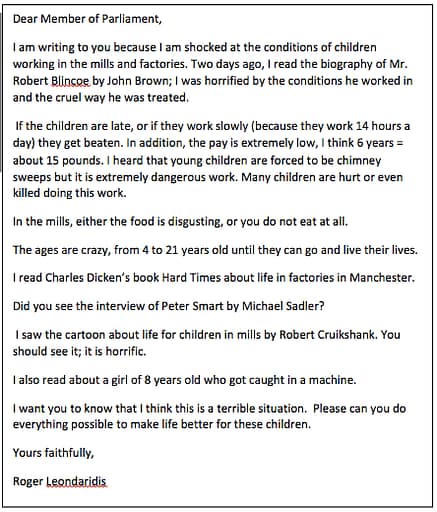
Mathematics
We worked on finding percentages of amounts and fractions of numbers. The children practiced finding the equivalent fractions by multiplying/dividing the numerator and denominator by the same number and then converted mixed numbers and improper fractions. The children can confidently carry out four basic operations with fractions and know how to find the LCD or when they need to simplify their fraction. We solved one-step and two-step problems involving numbers, money and measures including fractions and percentages. The children worked on choosing and using appropriate calculation strategies while solving word problems.
Equivalent fractions,
Just means that they are the same.
They look a bit different,
But there is no one to blame.
Mixed number,
And improper fractions.
Are two best mates,
You can switch them around at 1:1 rates.
Adding and subtracting fractions,
With the same denominator.
Surely it is not difficult,
So don’t use calculator.
When adding fractions,
With the denominators that are not the same.
Find your Lowest Common Denominator,
Divide, multiply then add,
And you are on the fraction wall of fame.
Chocolate bar,
Or cut that apple in half.
You need to know fractions,
To share your love.
Percentages of the number,
And fractions of the shape.
They are very useful,
when you are cutting that cake.
Science
« May the FORCE be with you = May the FOREST be with you »
The Oak Class children were not FORCED but rather gently guided into the world of forces around them. The children were introduced to the scientific vocabulary (e.g. mass, weight, speed, gravity and forces) and were encouraged to apply it while experimenting with different forces. We then created a Newton meter to measure the force exerted on an object.
Experimenting with Friction (SCIENTIFIC PROCESS-remember to have one variable and retest it three times).
How far will it go? Good question!!! Depends, so let’s find out!!!
1. Make your own ramp
2. Use a toy car
3. Change the height of your ramp
4. Change the weight of your car
5. Change the surface of your ramp
6. Measure the time, distance and calculate the speed
The children formulated hypotheses, practiced planning their investigations and made predictions. After carrying out their investigations they made accurate measurements to gather data to test their hypotheses. They identified patterns in the results and drew conclusions based on the findings.
Friction, gravity
And air resistance
My car is travelling,
With accelerated persistence.
My final velocity,
And velocity that is “0”
That car is going quite fast,
Like that superhero.
Speed in time,
Your distance is covered.
There are many places,
That should be discovered.
How many Newtons were required,
How far did it go?
100g will be attached,
1 Newton is marked, 1 Newton will show.
To measure the Force,
The Newton meter was designed.
Just attach any object,
And required force you will find.
Free falling object,
That fall to the ground.
Just look up the experiments,
That Galileo has found.
ART/Design and Technology
“Oaks and their Mathematical Clock”
Different parts of the clock were carefully planned and built out of the recycled materials. The most important learning point of this project wasn’t just to build the clock but also to put our planning and mathematical skills in practice. We persevered and did not give up when something was hard, tried and tried again and worked as a TEAM. Oaks also learnt how to use different carpentry tools.
ICT
In ICT lessons we have been learning about hardware and software components that make up computer systems. We learnt how instructions are stored and executed within a computer system and discovered a range of ways to use technology safely, respectfully, responsibly and securely, including how to protect our online identity and privacy.
Goals that have been achieved during this term:
– Understanding the hardware and software components that make up computer systems, and how they communicate with one another and with other systems.
– Knowing how to use technology safely, which includes gaining knowledge about viruses and how to avoid them.
In order to have an overview of all this information, we created mind maps about viruses, by using an online software called Canva.
– Being able to recognise inappropriate content and knowing how to report it.
– Understanding how to protect your online identity and privacy by role playing, placing them in real context and situations.
Based on our cross-curricular approach, which develops our skills and knowledge through interconnected topics, we created a Kahoot for reading comprehension about the book that we have been reading in our literacy class, “Charlie and the Chocolate Factory”. In addition, we made a comic book about one of the goals of the subject: “Understand a range of ways to use technology safely, respectfully, responsibly and securely, including protecting our online identity and privacy”.
Spanish
During this term, Elm students have been introduced to the following contents:
Vocabular:
-classroom objects: identify and name them (lápiz, pizarra, profesora, bolígrafo, libreta, libro, pegamento,…).
– the weather (¿ Qué tiempo hace hoy?, including the season of the year).
– the days of the week (¿Qué día de la semana es hoy?, ¿ Qué día de la semana fue ayer/será mañana?).
-family (madre/padre, tío/tía, primo/prima, sobrino/sobrina, hermano/hermana) and farm animals.
Grammar:
-singular and plural (ad -es or -s, depending on the ending of the word).
-male and female (including articles: el/la/los/las).
– how to make short sentences (subject, predicate, verb and verb complements).
-to translate into Spanish, English sentences (and the other way round, including vocabulary seen).
-adjectives, which we have applied to the vocabulary already seen (el perro grande, el conejo saltarín, el caballo marron).
Speaking:
-answering and asking questions related to objects (¿Cómo es esta mesa?, ¿Cómo es esta casa?).
-to introduce themselves (Hola me llamo…. Tengo …. Años y estoy…).
-to introduce someone.
Writing:
-Descriptions
-Dictation to review vocabulary and grammar

